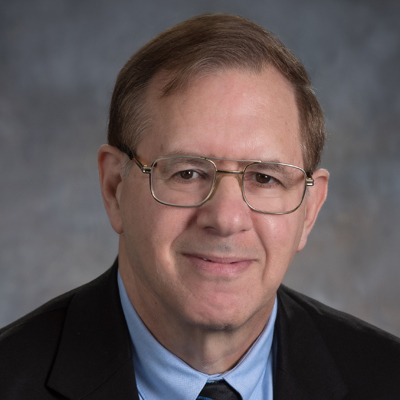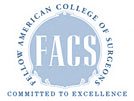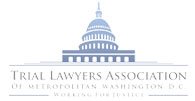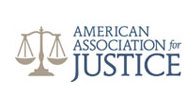Injury to the spinal cord or column can result in varying levels of paralysis, depending on both the severity and the location of the damage. It its most extreme cases, paralysis affects the entire body, rendering the victim unable to move or feel any extremities—the condition is known as quadriplegia, or sometimes, tetraplegia. Quadriplegics often need help eating, breathing, and communicating.
While some causes of spinal cord injury include unpreventable situations such as automobile accidents, acts of violence, and sporting accidents, others are avoidable. Sadly, surgeons and other medical professionals can also cause quadriplegia in patients if they work carelessly or fail to provide an adequate standard of patient care. Some examples of negligent medical mistakes that could lead to paralysis include the following:
- Nicking, cutting, or severing vital nerves
- Failing to diagnose a stroke when the patient presents telltale signs
- Improper intubation
- Misplaced epidural injections
- Medication errors
- Anesthesia errors
- Failure to diagnose cervical or spinal tumors
- Failure to monitor intracranial pressure following a stroke or other trauma
Trusting the physician
When a severe complication like quadriplegia occurs, it is natural to wonder if an error by the doctor was the cause. In fact, a recent study indicates that medical care providers are not always forthcoming about their mistakes, so asking questions and gathering information is absolutely vital, especially in the event of an unexpected outcome. Furthermore, a medical malpractice attorney can often provide honest, professional counsel when a doctor is untrustworthy.

Dr. Michael M. Wilson is an attorney and a physician who earned his undergraduate degree from the Massachusetts Institute of Technology and his legal and medical degrees from Georgetown University. He has focused in the area of medical malpractice for more than three decades and secured more than $100 million in settlements and verdicts on behalf of clients throughout the country. He is admitted to practice in the District of Columbia and New York as well as the U.S. Court of Appeals for the District of Columbia and the U.S. Supreme Court. He is listed in America’s Top 100 High Stakes Litigators.

















